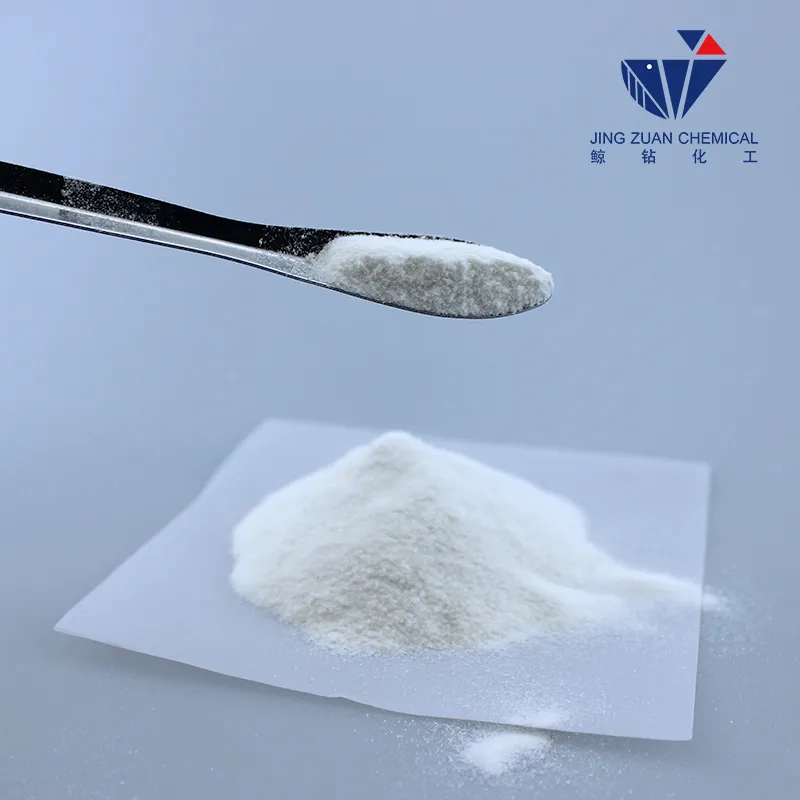
Aug . 19, 2024 16:35 Back to list
HPMC Solubility Chart Analysis for Optimal Application in Pharmaceutical Formulations
Understanding HPMC Solubility Chart A Comprehensive Guide
Hydroxypropyl methylcellulose (HPMC) is a widely used polymer in pharmaceuticals, food, cosmetics, and construction industries due to its unique properties. One of the essential aspects of HPMC is its solubility, which significantly impacts its functionality in various applications. The HPMC solubility chart is a valuable tool that provides insights into the solubility behavior of different grades of HPMC in various solvents, allowing researchers and manufacturers to make informed decisions in their formulations.
What is HPMC?
HPMC is a cellulose ether derived from natural cellulose, which is modified to improve its solubility, film-forming properties, and viscosity. It is created through the reaction of cellulose with propylene oxide and methyl chloride. The degree of substitution and the molecular weight of HPMC can be tailored, resulting in various grades that exhibit different solubility characteristics.
Importance of HPMC Solubility
The solubility of HPMC is critical in determining its effectiveness in various applications. For instance, in pharmaceuticals, HPMC is often used as a binder in tablet formulations, as a drug release modifier in controlled-release systems, and as a stabilizer in suspensions. The right grade of HPMC can significantly influence drug release rates and bioavailability. In food applications, HPMC serves as a thickening agent, emulsifier, and stabilizer, whereas in cosmetics, it acts as a film-forming agent and moisturizer. Therefore, understanding the solubility of HPMC is vital for optimizing formulations and ensuring product performance.
Deciphering the HPMC Solubility Chart
The HPMC solubility chart typically categorizes different grades of HPMC based on their solubility in various solvents, including water, ethanol, and other organic solvents. The chart usually indicates whether a specific grade dissolves readily, partially, or not at all in these solvents.
hpmc solubility chart

1. Water Solubility HPMC is generally soluble in warm or hot water, but cold water solubility can vary significantly based on the grade. For instance, lower molecular weight HPMC grades are more soluble in cold water than higher molecular weight grades. This characteristic is critical for applications where immediate solubility is required.
2. Organic Solvents HPMC is generally insoluble in non-polar solvents such as hexane and toluene. However, it can exhibit partial solubility in polar organic solvents like ethanol and isopropanol. Understanding its solubility in these solvents is crucial for formulating products in industries such as ink and coatings, where HPMC may be used as a thickening or suspending agent.
3. Viscosity Grades The viscosity of HPMC solutions can also vary based on its concentration and molecular weight. Higher viscosity grades are typically used in applications requiring greater thickness or gel formation, while lower viscosity grades are preferred for applications needing more fluidity.
Practical Applications
In practical terms, utilizing the HPMC solubility chart allows formulators to select the appropriate grade of HPMC for their specific application. For example, a pharmaceutical manufacturer developing a controlled-release tablet may consult the chart to identify a high-viscosity, cold-water-soluble grade to ensure optimal performance and release characteristics. Similarly, a food technologist may use a lower viscosity HPMC grade for a sauce that requires a smooth texture without excessive thickness.
Conclusion
The HPMC solubility chart is an indispensable resource for industries that utilize this versatile polymer. By providing critical information regarding solubility characteristics across various grades and solvents, the chart facilitates informed decision-making in formulation development. Whether in pharmaceuticals, food, or cosmetics, understanding HPMC's solubility behavior is crucial for achieving the desired product performance and quality.
-
Versatile Hpmc Uses in Different Industries
NewsJun.19,2025
-
Redispersible Powder's Role in Enhancing Durability of Construction Products
NewsJun.19,2025
-
Hydroxyethyl Cellulose Applications Driving Green Industrial Processes
NewsJun.19,2025
-
Exploring Different Redispersible Polymer Powder
NewsJun.19,2025
-
Choosing the Right Mortar Bonding Agent
NewsJun.19,2025
-
Applications and Significance of China Hpmc in Modern Industries
NewsJun.19,2025







